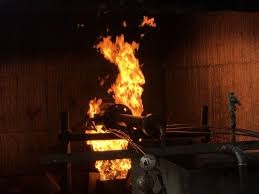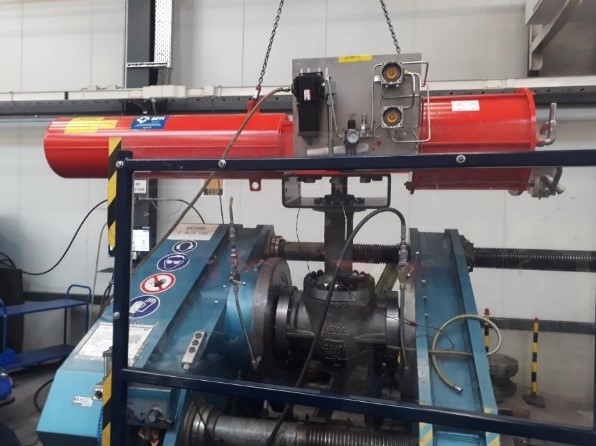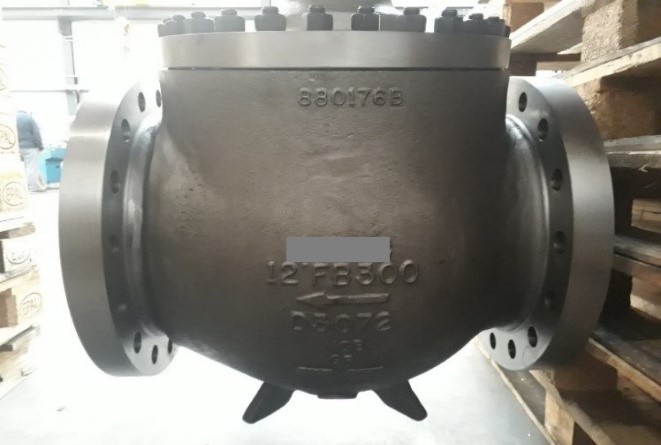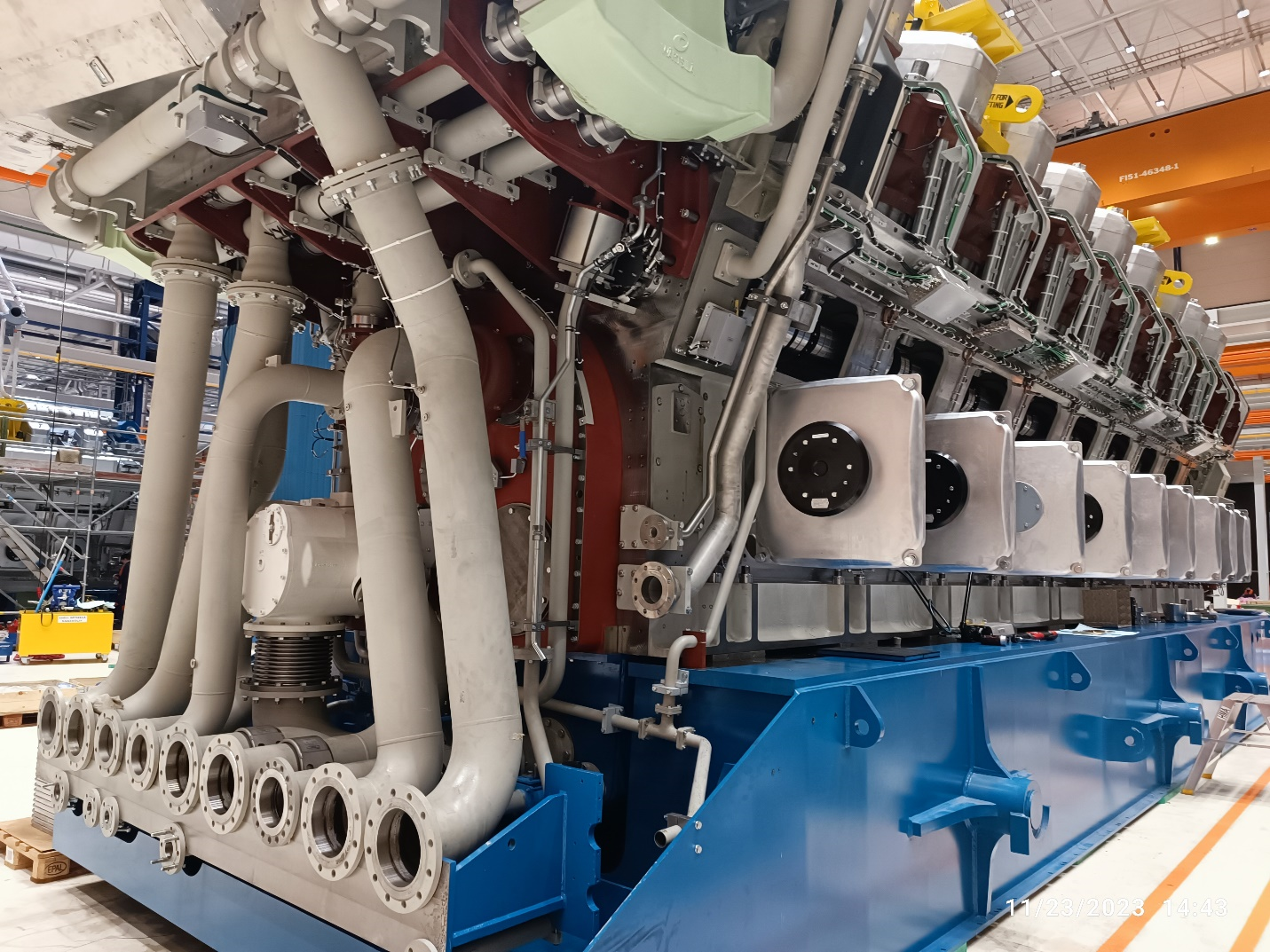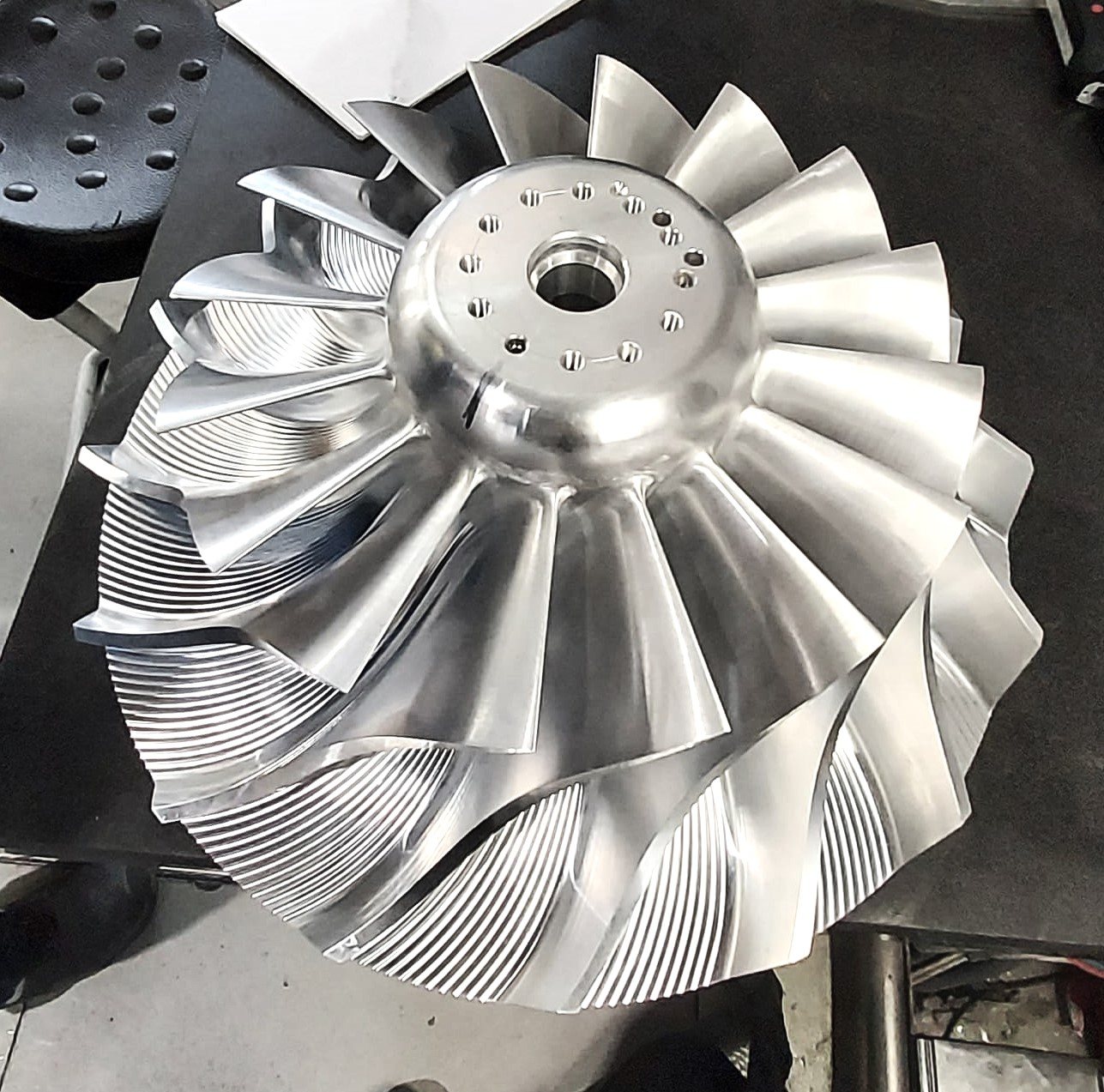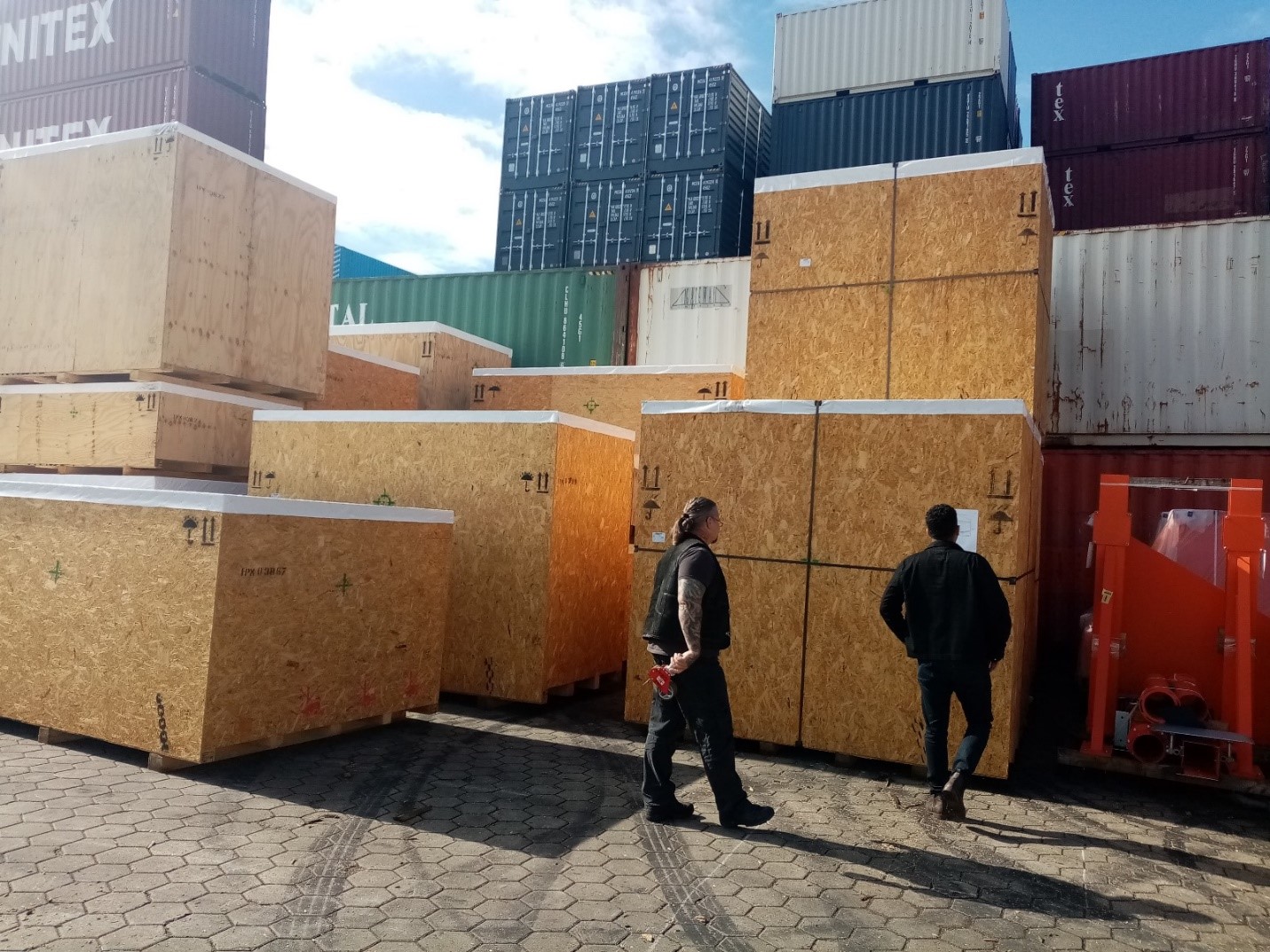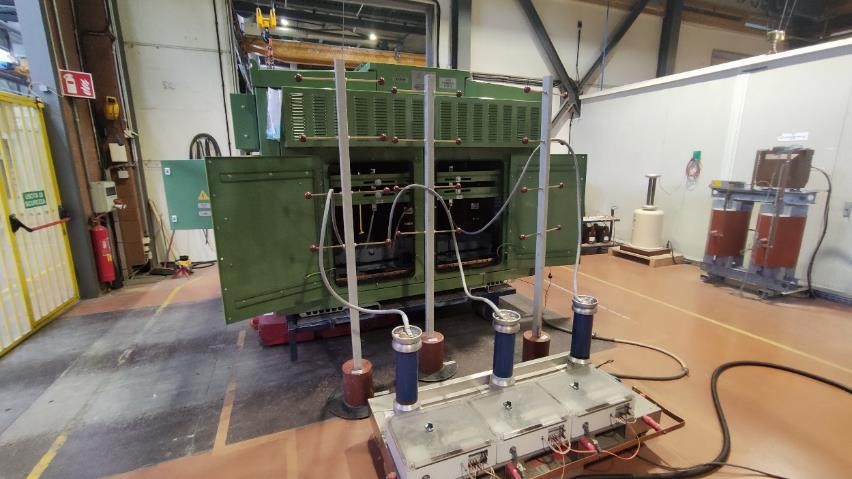Introduction
Nowadays, the performance of many factories, workshops and industrial centers depends on their valves. This indicates the great importance of inspecting industrial valves. Lack of timely inspection and control of these parts may cause serious disruptions and damages. In this article, we will investigate this issue.
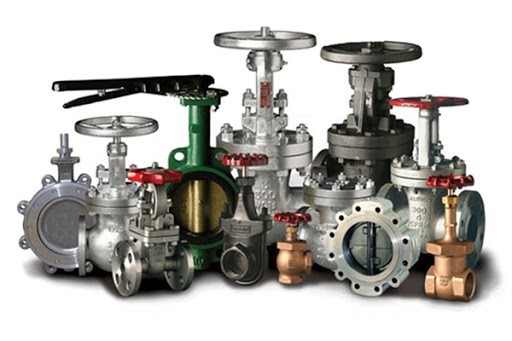
Industrial valves are very important tools and equipment used in various industries. There are different types of industrial valves with different applications and characteristics. They are used to control the pressure of fluids in a system. Let’s introduce the most applicable industrial valves:
- Ball Valves
- Globe Valves
- Safety Valves
- Gate Valve
- Check Valves Control Valves
- Needle Valves
- Breather Valves
- Plug Valves
- Diaphragm Valves
Structure of industrial valves:
The components of industrial valves are:
- Body
- Bonnet cap
- Trim
- Actuator Packing sealing ropes
Industrial Valves Inspection:
Quality control and inspection of industrial valves play an important and fundamental role in many industries. Since the valves have a direct impact on the proper operation of infrastructure and the continuous production process of factories and industries, therefore, leaks or problems in this function can disrupt the production or service cycle in these industries. Industrial valves reduce pressure, regulate flow, or protect the transfer process. So, it is obvious that the efficiency of important centers such as power plants is directly affected by the valves.
Whether in terms of output, reliability or proper performance. For this reason, different standards for testing and inspection have been introduced by various organizations. These standards are mandatory to ensure that valves comply with technical requirements, process conditions and environmental regulations. These standards also guide engineers in the process of selecting a valve in matters such as material, pressure classification and temperature. In order to achieve these standards and ensure proper performance in certain conditions, various tests are performed on the valves. The following are some essential and optional tests in the production of valves:
- Shell test
- Backseat test Low-pressure closure test
- High-pressure closure test
- Visual inspection of castings
- High-pressure pneumatic shell test
Standards:
These standards examine industrial valves from various aspects including:
- Overall structure and performance in the process
- Valve design
- Issuing the certificates
- Environmental laws and regulations
- Safety
- Testing and inspection of industrial valves in different conditions
Some types of testing:
Pressure Testing: In normal conditions and after production time tests, industrial valves are not tested for resistance during operation; However, they may be tested for resistance after repairing the corroded and damaged valve body and cover. Twenty percent of the low-pressure valves must be tested randomly at the time of production. If the tests are not passed, then all of these valves must be tested; But medium and high-pressure valves should be checked 100% to prevent problems. Fluids such as water, oil, air, steam, nitrogen, etc. are commonly used in valve pressure testing.
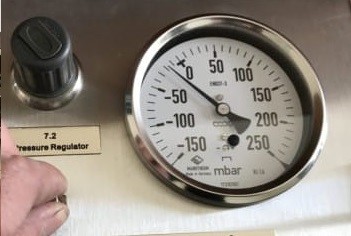
Gas testing in industrial valves inspection: In order to ensure that the connections in the valve do not leak, the gas test of the valves is performed in accordance with the ISO15848 standard. This test is usually performed with helium or nitrogen gases at 1.1 times the maximum working pressure specified for the valves.
Tensile Load Testing: In accordance with strict Eurocodes 1 standards, valve assemblies and valves should be tested under tensile or compressive forces two times of the specified gross weight. In this order the operation of the valves shall not be disturbed due to pressure or tensile force during operation.
PR2 Test in Industrial Valves Inspection: The PR2 test examines the performance of valves under the combined effects of temperature and pressure. This inspection of industrial valves is performed according to API6A / ISO-10423 and ISO-13628-4 standards. The PR2 test places the valves at high and low temperatures, while are between different pressure levels. This test ensures the integrity of the valves and their components used.
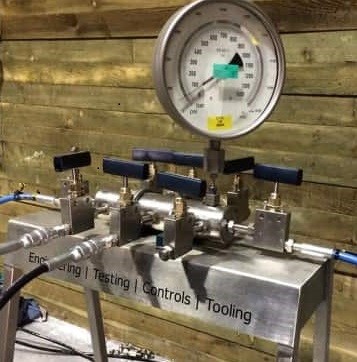
Flow Testing: This test is similar to the pressure test in that the valve capacity can be tested using a simple water flow. This examination includes an accurate measurement of the amount of flow and leakage at upstream and downstream pressures. Valves of any size can be tested in it.
Emission Testing: This test is similar to the gas test and applies in accordance with ISO15848-1 to ensure that all equipment works in an efficient and environmentally friendly method. In this test, industrial valves are inspected using helium or nitrogen to detect leaks in critical components.
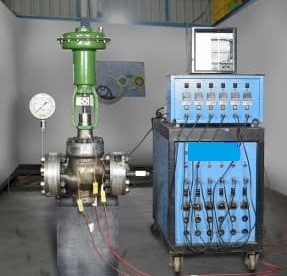
Fire Testing of industrial valves: These tests determine the safety of fire valves in controlled conditions; As defined in common industry standards, which include: ISO 10497 API 607 API 6FA API 6FB API 6FD The fire test is performed in a steel reinforced concrete shelter and is controlled from a safe distance. All values of the valve parameters are recorded under these conditions.
